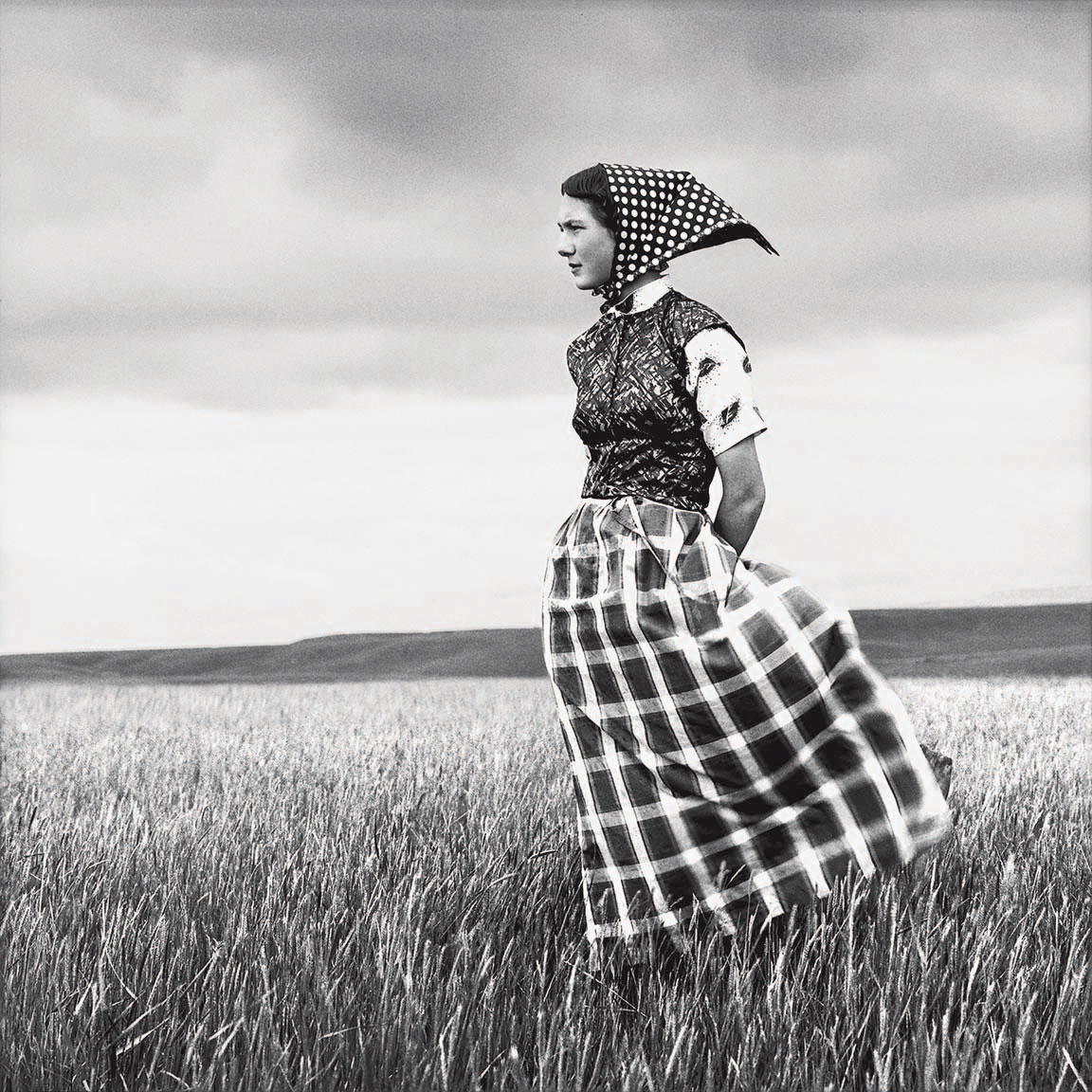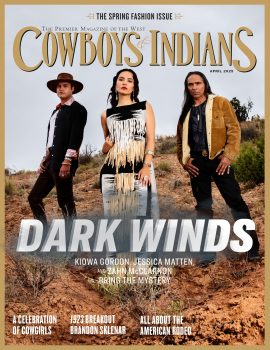
This Hollywood mother is a star in her own right.
Though she is indeed the mother of actors Owen, Luke, and Andrew, she isn’t primarily known for that biological fact. And while she did indeed assist Richard Avedon on his groundbreaking photo opus In the American West (1985), she isn’t primarily known for that professional bullet point.
Laura Wilson is an important and renowned American photographer in her own right.
She learned from a master, traveling with Avedon all over the West and Southwest during the summers of 1979 to 1985, assisting him, documenting his creative process, and eventually writing the text for In the American West, as well as producing her own behind-the-scenes book, Avedon at Work. Famed as a fashion photographer, Avedon plucked everyday rural people — ranchers, drifters, secretaries, roughnecks — out of their native contexts and placed them against a stark white backdrop for his portraits. Wilson, striking out on her own in 1985 and free to develop her own photographic sensibility, went the other direction: deeper into the very particular authentic contexts of her subjects’ lives.
Attracted to the “openness and sparseness” of the West, she remained visually more interested in its inhabitants than its topography. “I’m a photographer of people,” she says from her home in Dallas, “so the landscape is a part of [my] pictures as a way to express more about the people. What really holds my attention is the power of the human figure and the face. My intention is to reveal something of the character of the person through the strength of the portrait.”
She finds herself particularly drawn to “people who live in an enclosed world — those people who live in isolated communities, whether by circumstance or by accomplishment. I’m always curious and wanting to know more.” That curiosity has led to profound photo studies — of people like Watt Matthews of the Lambshead Ranch 175 miles west of Dallas, members of the Hutterite community of Montana, the six-man football teams in small-town Texas — that later became acclaimed books.
Wilson’s latest book, That Day: Portraits in the American West, addresses subjects that have interested or concerned her over the years; most of the images have never been published or seen before. The companion exhibition, at the Amon Carter Museum of American Art, mounts 72 photographs that explore everything from dogfighting to debutantes.
“What interests me,” Wilson realized from doing the book and exhibition, “is that I’ve always known people removed from mainstream America.” Currently photographing people in the movie business and the arts, she sees a similarity: “Those people are removed from the mainstream by their accomplishments. In many cases, they are as removed as the Hutterites or people from other isolated groups might be.”

Wilson does not seek to put the differences of her subjects on display. As she likes to quote Eudora Welty, her aim has been “ ‘... not to point the finger in judgment but to part a curtain, that invisible shadow that falls between people, the veil of indifference to each other’s presence, each other’s wonder, each other’s human plight.’ ”
She feels lucky, she says, to have met every person she’s photographed — from a sheriff in East Texas to Navy fighter pilots in Nevada, from artist Donald Judd to playwright-actor Sam Shepard, “and all the unknown people who are very impressive in their own right.” She’s grateful for all of it, even when the subject matter has been difficult — like the time she spent among the Oglala Sioux on the Pine Ridge Indian Reservation: “As desperate as that situation is, I feel it’s important that I saw it so that I might photograph it and perhaps bring attention to the conditions.”
Avedon’s example early in her career mentored Wilson in the art of stunning portraits that reflected the artist as much as they did the subject. In her own work, Wilson has sought out the heart of the matter. “I’ve tried to be true to the subject,” she says. “I’ve chosen my subjects based on achievement rather than appearance. I hope my work shows my enormous respect for the people themselves. I care about expressing the person — not about my idea of the person but my response to their innate dignity and strength.”
That Day: Laura Wilson is on view at the Amon Carter Museum of American Art in Fort Worth, Texas, through February 14.
From the February/March 2016 issue.














